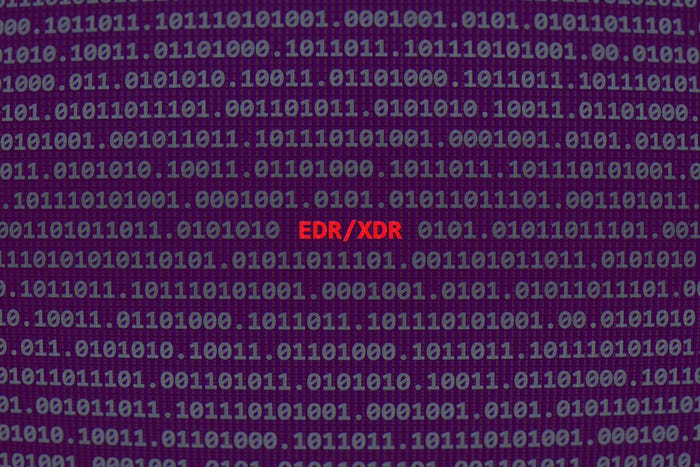New details continue to emerge each day, and there may be many more lessons to learn from what could be among the largest cyberattacks ever.
December 18, 2020

Anxiety over the recent SolarWinds and US government cyberattack went up a notch Thursday when the DHS' Cybersecurity and Infrastructure Security Agency (CISA) warned the advanced persistent group behind the incident might be using multiple tactics to gain initial access into target networks.
It was first widely thought that the likely Russia-backed threat actor was distributing malware to thousands of organizations worldwide by hiding it in legitimate updates to SolarWinds' Orion network management software. On Thursday, CISA said its analysis showed attackers may have also used another initial vector: a multifactor authentication bypass, done by accessing the secret key from the Outlook Web App (OWA) server.
CISA pointed to an alert that Volexity issued earlier in the week, in which the security vendor noted this MFA bypass tactic was used in another attack involving the same intruder responsible for the SolarWinds campaign.
News of at least one additional attack vector, and likely more, came as organizations and the industry as a whole struggled to come to terms with what is arguably among the most significant cyber incidents in recent years. The attackers who breached SolarWinds used the company's software updates — and now, according to CISA, other methods — to install a backdoor called SUNBURST on systems belonging to governments, defense and military entities, and numerous private sector companies.
Victims of the campaign are thought to include the US Treasury Department, Department of Homeland Security, Justice Department, State Department, entities from all five branches of the US military, and several Fortune 500 companies. There were reports Thursday that the National Nuclear Security Administration and the Energy Department had also been breached in the campaign.
The breathtaking scope of this incident and remarkable stealth with which it was executed have sparked considerable worry about the level of access the attackers may still have on target networks.
With details around the attack still emerging, it is far too early to say with certainty what organizations should learn from the whole incident. Read on to learn five immediate issues the attacks have highlighted so far.
About the Author(s)
You May Also Like
Beyond Spam Filters and Firewalls: Preventing Business Email Compromises in the Modern Enterprise
April 30, 2024Key Findings from the State of AppSec Report 2024
May 7, 2024Is AI Identifying Threats to Your Network?
May 14, 2024Where and Why Threat Intelligence Makes Sense for Your Enterprise Security Strategy
May 15, 2024Safeguarding Political Campaigns: Defending Against Mass Phishing Attacks
May 16, 2024
Black Hat USA - August 3-8 - Learn More
August 3, 2024Cybersecurity's Hottest New Technologies: What You Need To Know
March 21, 2024




